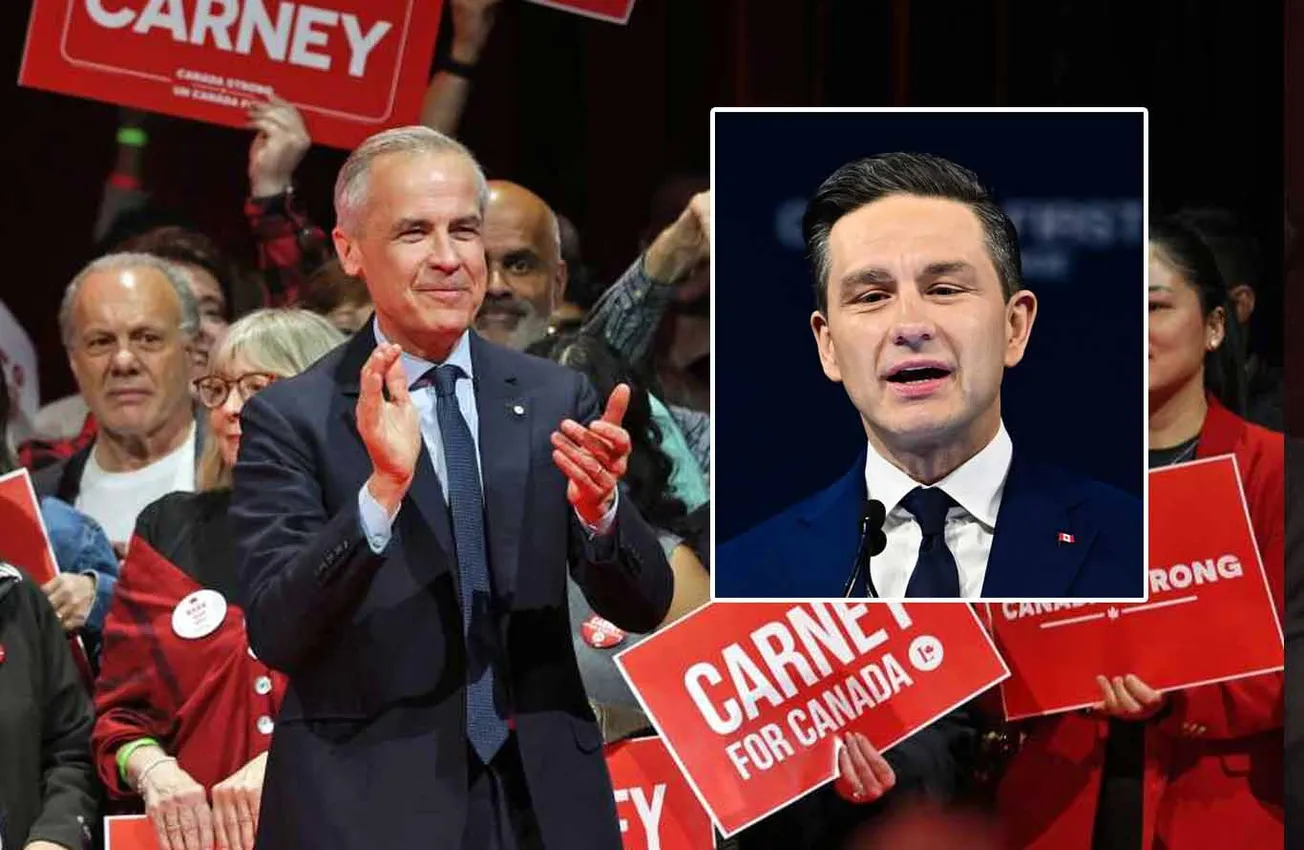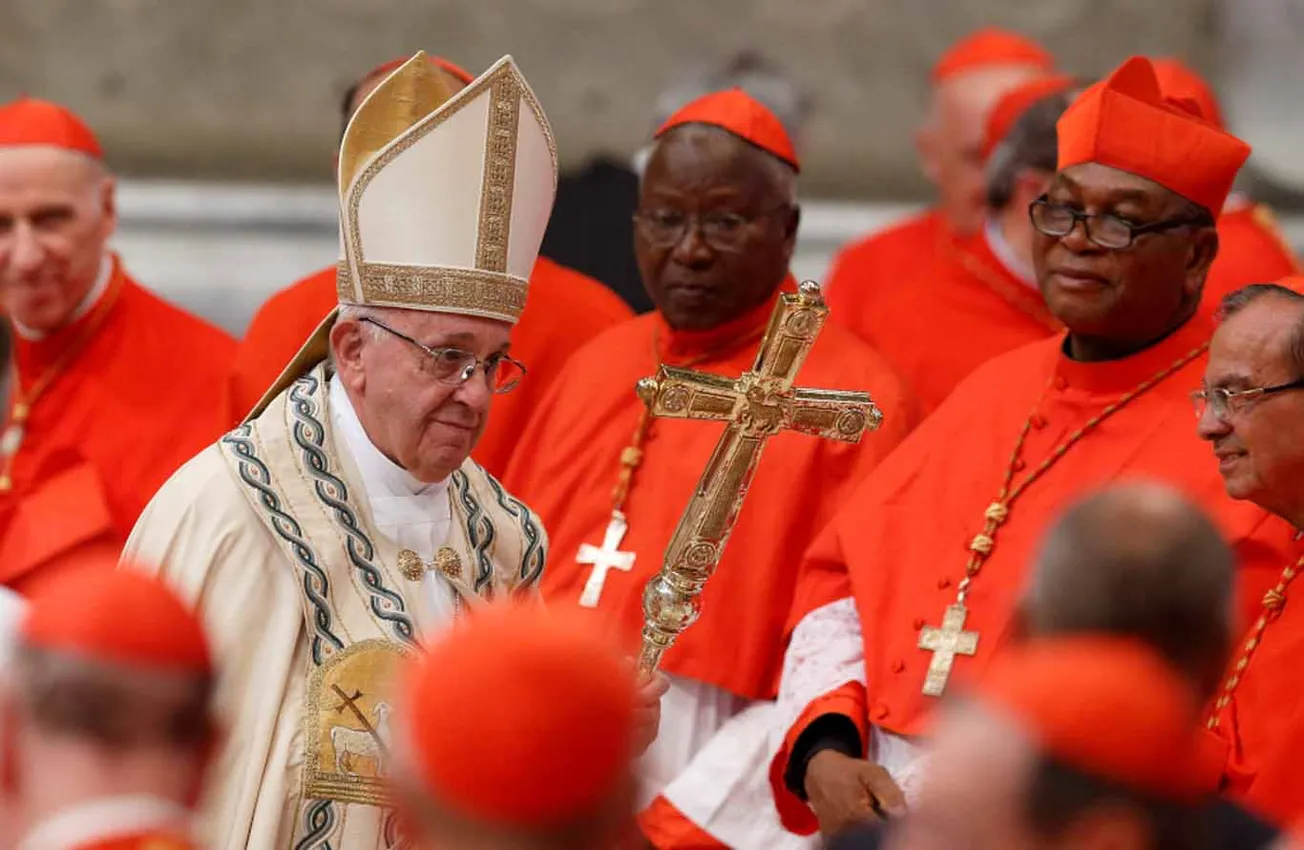When asked “is Canada liberal or conservative?” the easiest, and incomplete, answer is to call it liberal. But if you’ve ever looked north, heard interviews from candidate Pierre Poilievre, and wondered if Canada is liberal or conservative, you’re onto something.
It’s easy to slap a label on a country—liberal or conservative—but in Canada’s case, that binary doesn’t really tell the full story. The truth is, Canada swings both ways, and the political mood is anything but settled.
Is Canada liberal or conservative? It’s actually at the center (or centre, like they call it). Let’s break it down.
Is Canada Liberal or Conservative? Canada’s political identity: A country of the “center”
Most Canadians don’t see themselves as far-left or far-right. In fact, the majority clusters around the political center.
According to a Research Co. poll, 33% of Canadians identify as centrist, with another 29% leaning slightly to the left or right. That’s important. Because while America has become more polarized, Canada’s political identity is, by its own admission, a lot more “middle of the road.”
That being said, what dominates the headlines and elections is usually a tug-of-war between two dominant parties: The Liberals, who lean center-left, and the Conservatives, who lean center-right. That’s where the real action is.
Who’s in power right now? Canada is Liberal in 2025
As of April 2025, the Liberal Party, under new leader Mark Carney, is riding high. (They actually won the elections on Monday, April 28). After years of steady decline under Justin Trudeau, the Liberals have staged a major comeback. Current polls put them several points ahead of the Conservatives, and they’re projected to win a majority if an election were held today.
What changed? Two words: Trump and tariffs. The president’s aggressive trade policy and threats to Canadian sovereignty have rattled voters. In response, many Canadians seem to be rallying around Carney’s more “statesmanlike” approach—even those who weren’t fans of Trudeau.
Girl, you’re not the governor of Canada anymore, so doesn’t matter what you say
— Elon Musk (@elonmusk) January 8, 2025
The conservative base is strong—but frustrated
The Conservatives, led by Pierre Poilievre, have their base—especially in Alberta and the Prairie provinces. But they’re struggling nationally. Their support is deep, not wide. This means they often win more votes overall but fewer seats in Parliament. It’s a frustrating dynamic for Canadian conservatives.
Poilievre’s message—cut taxes, slash red tape, restore law and order—resonates with working Canadians. But in the current climate, with Canadians nervous about the U.S. and looking for stability, his tone might not be landing like it used to.
Decline is a choice.
— Pierre Poilievre (@PierrePoilievre) April 13, 2025
But it’s not my choice.
Vote for change. Vote to put Canada First. Vote Conservative: https://t.co/eIy7PDtCaB pic.twitter.com/7yNm1yWtp7
So, is Canada a liberal or conservative country?
Short answer: Mostly liberal, for now.
The Liberal Party holds a lead, and the broader public opinion leans center or center-left on key issues. But the Conservative movement is far from irrelevant. They dominate parts of the country and still have a shot at forming government, especially if the economic winds shift or Liberal missteps pile up.
This isn’t a socialist utopia, despite what some American pundits like to suggest. Canada has plenty of pushback against government overreach, carbon taxes, and cultural liberalism. But it’s also not Texas.
A gray area
Canada isn’t red or blue—it’s gray. It’s a country where the middle still matters, where elections are close, and where political power can swing with a few percentage points. Right now, it’s leaning liberal. But ask again in six months—it might surprise you.









![Jeremy Renner Opens Up About His Near-Fatal Accident and Incredible Recovery on Joe Rogan [WATCH]](/content/images/size/w1304/format/webp/2025/04/joe-rogan-jeremy-renner.jpg)